
BUILD SUBTEAM
The build and design subteam is responsible for designing, manufacturing and assembling the parts of the robot. This subteam creates CAD models and fabricates them using a variety of tools. Build members will be taught how to operate all tools safely and effectively with the various materials that we use.
DESIGN PRINCIPLES
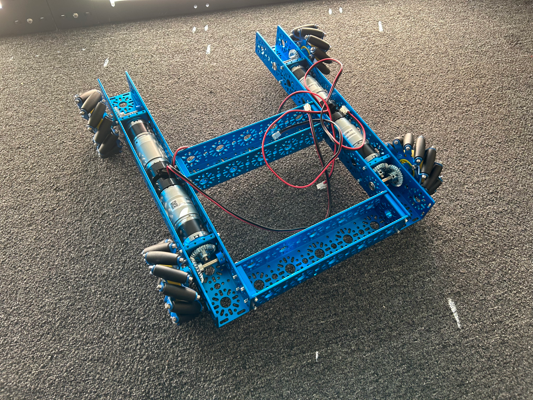
Designated Subsystems
Our mechanisms can be both designed and assembled independently, allowing multiple stages of the design process to take place simultaneously.
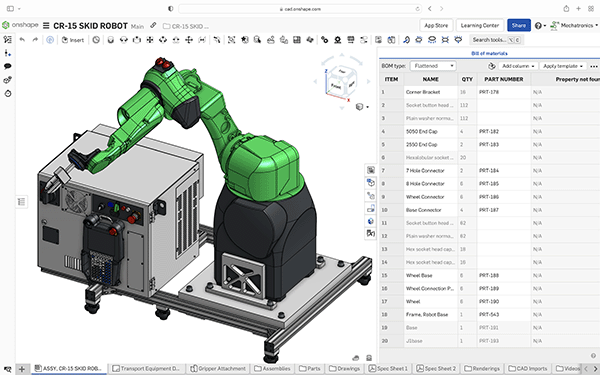
CAD First
To ensure all parts fit together properly, before spending time and resources on implementation, parts are designed in Computer Aided Design (CAD) software.

Iterative Design
At the beginning of the season, we watched CENTERSTAGE as a large team, began brainstorming different ideas, and shared our thoughts. From there we researched and started to plan different designs.
HOW WE MANUFACTURE PARTS
- Power Tools. The majority of all parts that go onto the robot are machined in-house using various power tools such as drills, bandsaws, and drill presses. Every build member will be trained to operate these tools safely and effectively.
- CNC Machine. For parts that require accuracy and precision, we use the CNC, a machine that uses programmed instructions to control and automate machining processes. We use the CNC primarily for polycarbonate parts such as gussets.
- 3D-Printing. 3D printing technology is used to create small, precise shapes. We use 3D printed parts primarily for pulleys and other non-load-bearing pieces of the robot.
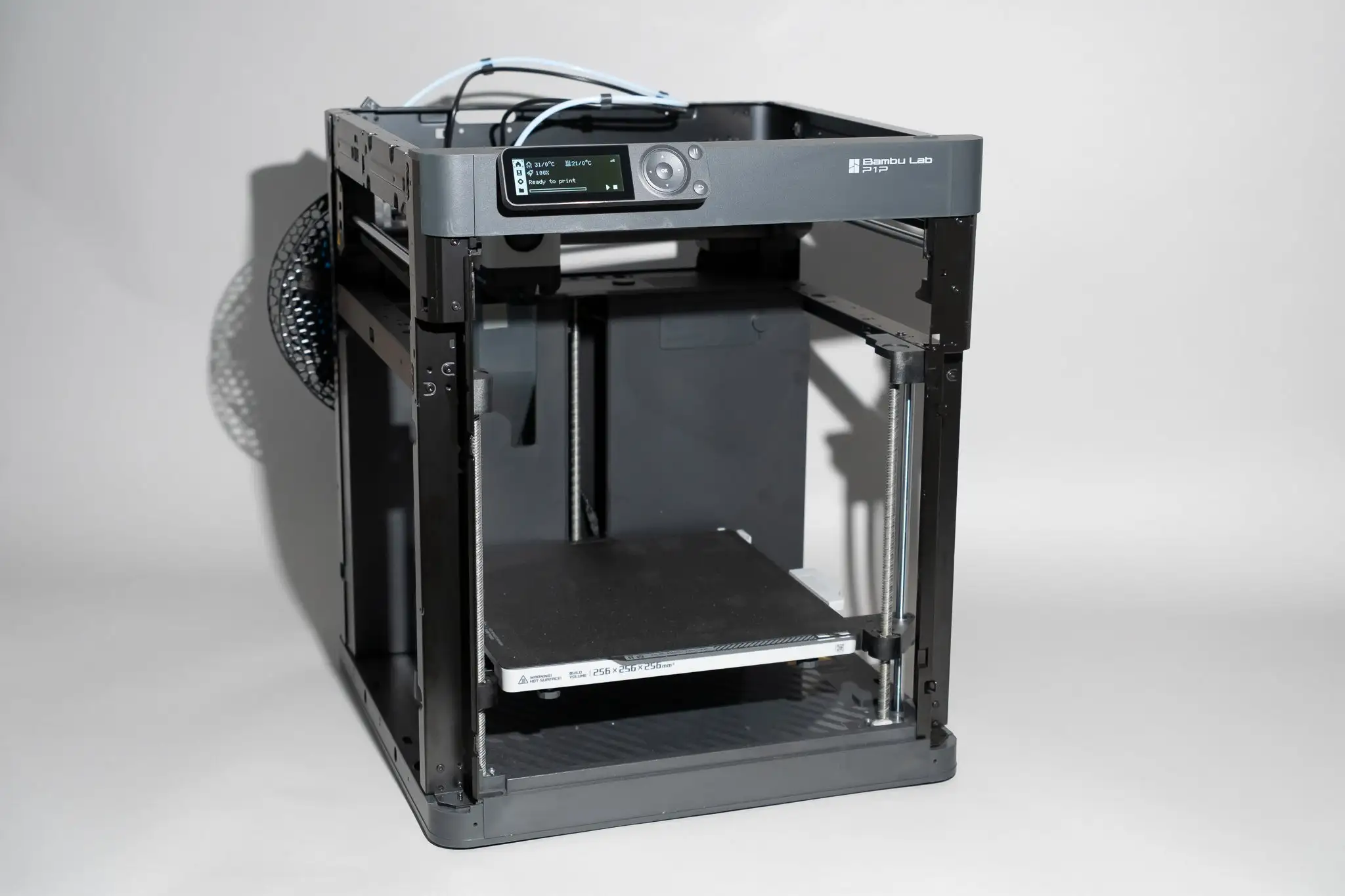
MAJOR COMPONENTS
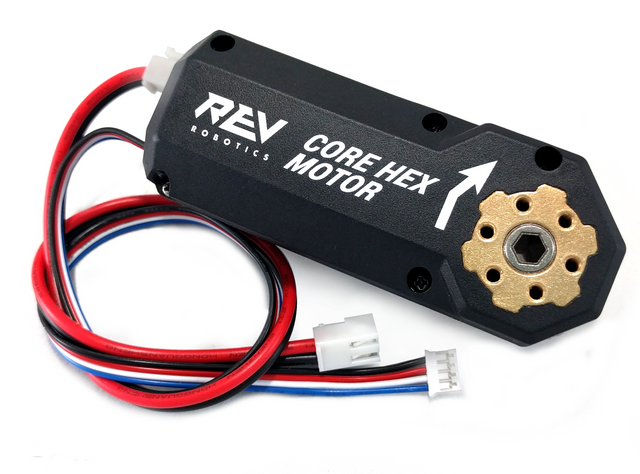
Motors
The motors are used in a number of different components on our robot. They allow our robot's claw to pick up pixels and place them high up on the board. They are also used to initiate our hanging sequence. These motors allow us to do heavy-duty work.
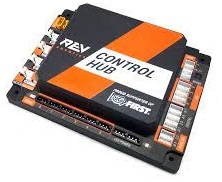
Control Hub
The control hub is basically the brain of the robot. It allows us to manipulate the entirety of the robot with much effectiveness. It connects our inputs from our driver hub and turns these instructions into brand new instructions for other parts of the robot, allowing it to initiate a number of important sequences.
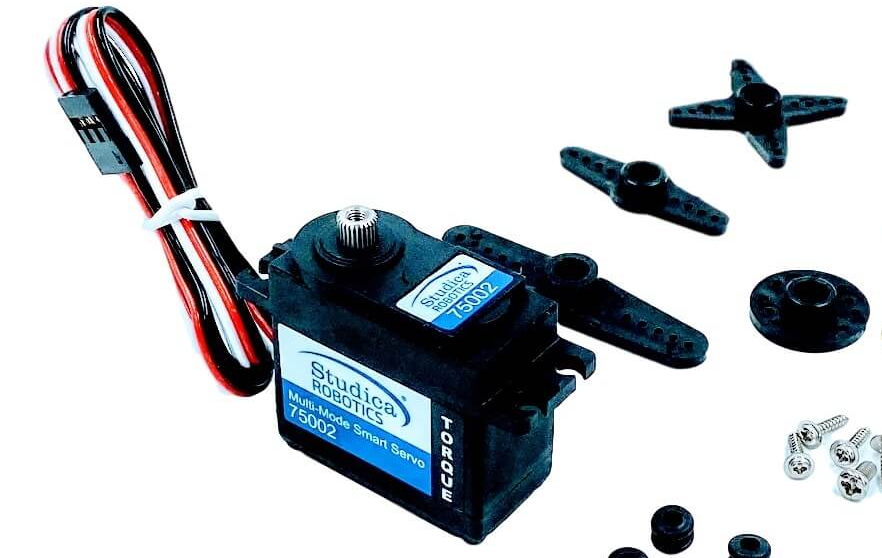
Servos
The servos are like the precise and nimble fingers of our robot. They allow us to perform more precise actions than motors, at a tradeoff of power. On our robot, servos are used on the claw mechanisms among other components, and they play a crucial role in the making of our robot.
 FTC Teams 24484 and 24485
FTC Teams 24484 and 24485